Next they’ll figure out how to bring an asteroid safely back to earth for its minerals 🤷🏼♂️🚀


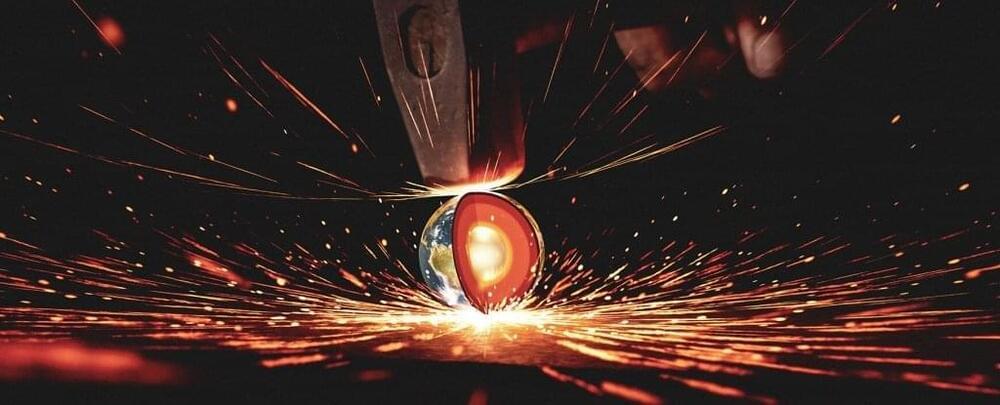
Thousands of kilometers under Earth’s surface, under crushing pressures and scorching temperatures, the core of the planet can be found. There, an inner core consisting of a solid ball of nickel and iron is super-rotating inside the outer core, where the iron and nickel are fluid.
The conditions of this outer core have now been recreated in a lab, by a team led by physicist Sébastien Merkel of the University of Lille in France – in such a way that scientists have been able to observe the structural deformation of iron.
This not only has implications for understanding our own planet, but can help us to better understand what happens when chunks of iron collide in space.
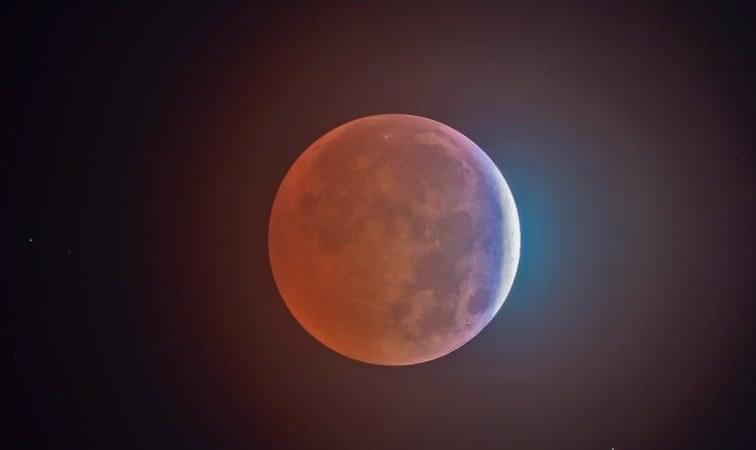
When is the next eclipse? In the early hours of Friday, November 19, 2021 a lunar eclipse will come to North America–as well as to South America, Australia and East Asia.
But it’s not quite what you think.
Sure, the nearly full Moon will turn a reddish, orange-ish, brownish color for a few hours, but this lunar eclipse is going to be rather odd.
Full Moons occasionally turn reddish because they move into Earth’s vast shadow (umbra) in space. This one will not. Or, at least, not entirely.
Full Story:

All known atomic nuclei and therefore almost all visible matter consists of protons and neutrons, yet many of the properties of these omnipresent natural building blocks remain unknown. As an uncharged particle, the neutron in particular resists many types of measurement and 90 years after its discovery there are still many unanswered questions regarding its size and lifetime, among other things.
The neutron consists of three quarks which whirl around inside it, held together by gluons. Physicists use electromagnetic form factors to describe this dynamic inner structure of the neutron. These form factors represent an average distribution of electric charge and magnetization within the neutron and can be determined by means of experimentation.
Blank space on the form factor map filled with precise data.
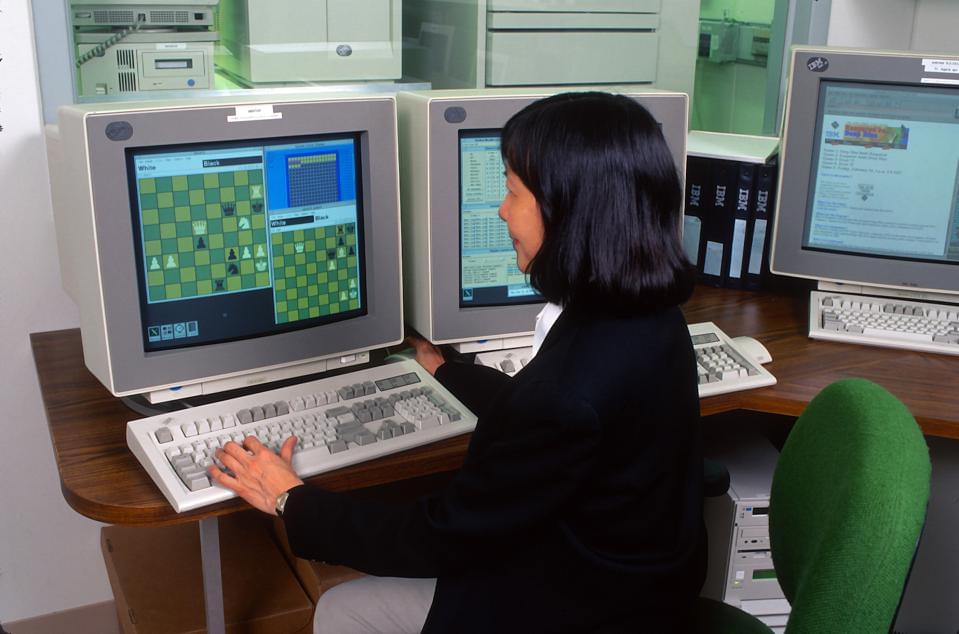
With the proliferation of AI programs into the strategy gaming spaces, should human players bother competing at all? In a world where artificial intelligence (AI) learns from its mistakes and progresses with every match, it’s hard to tell. A computer can learn from its mistakes in an instant and play millions of hands in seconds.
While it might take a human a lifetime to master the game of poker, an AI could become unbeatable overnight. This reality has raised a lot of questions in the world of strategy games.
AI is an ever-evolving field that can be difficult to understand. One of the most common ways for non-techies to get introduced to AI is through online poker, where humans are pitted against artificial intelligence in a game of cards. Which raises the question: when does one become indistinguishable from the other?
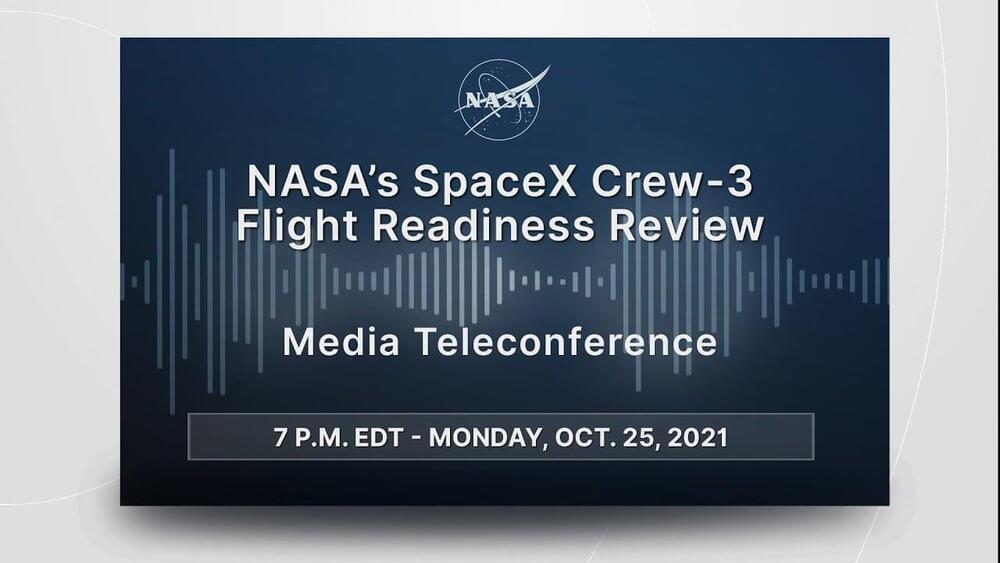
SpaceX and NASA are “go” to launch the Crew-3 astronaut mission to the International Space Station, mission officials announced late tonight.
The decision clears the way for SpaceX to launch four astronauts on a Falcon 9 rocket and Crew Dragon capsule at 9:03 p.m. EST (0203 GMT Nov. 11) from Pad 39A of NASA’s Kennedy Space Center in Florida.
There is an 80% chance of good weather at launch time, according to a forecast from Space Launch Delta 45 at the Cape Canaveral Space Force Station near NASA’s KSC spaceport.
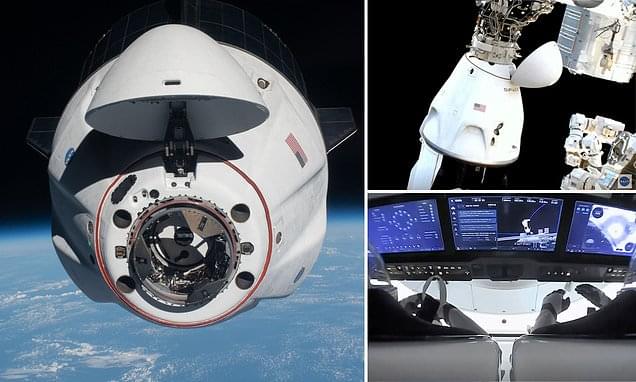
Four diaper-wearing astronauts undocked from the International Space Station on Monday and have embarked on their journey home following a 200-day stay in space.
NASA’s Shane Kimbrough and Megan McArthur, along with the European Space Agency’s Thomas Pesquet and Japan Aerospace Exploration Agency’s astronaut Akihiko Hoshide separated from the ISS at 2:05pm ET, as scheduled, and are now on track for at 10:33pm ET splashdown off the Florida coast.
Their return was initially set for Sunday afternoon, but high winds pushed the return for the Crew-2 team back one day.

They’re calling it an “apogee kick motor,” but the object’s true identity and purpose remain unknown.
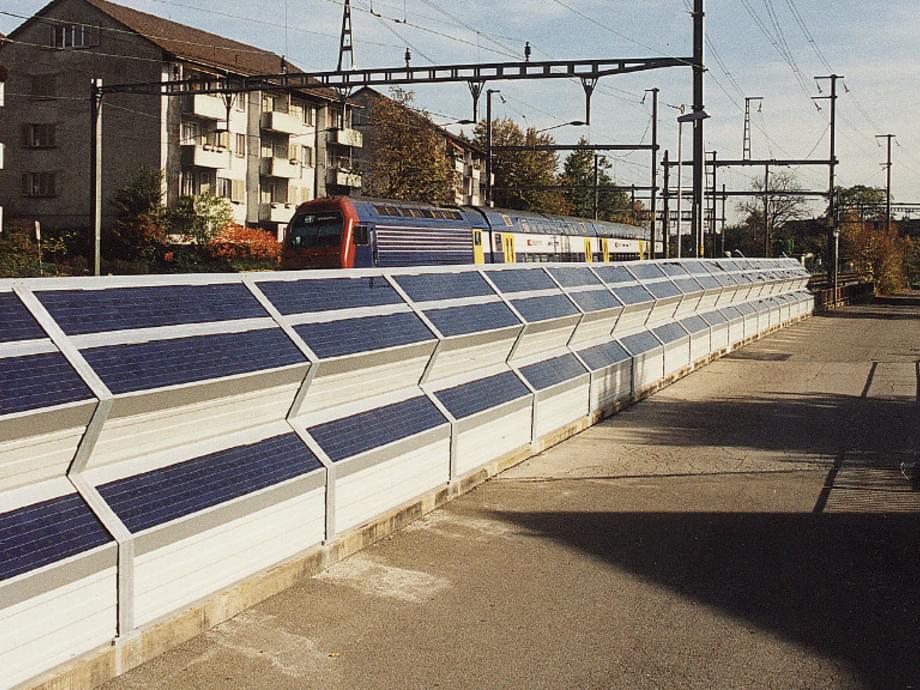
The noise barriers built in Switzerland can supply up to 101 gigawatt hours of solar electricity every year. The prerequisite is that all noise barriers are covered with solar installations, as far as this is possible and economical. This would be possible with a solar capacity of 111 megawatts. This is the result of a study commissioned by the Swiss Federal Council at the instigation of Bruno Storni, a member of parliament from the Swiss Social Democratic Party.
This potential is far below what is technically feasible. However, the authors of the study subtracted the potential that would hardly be economically feasible according to the current state of the art. In addition, they had to take into account site conditions such as shading of the walls or safety aspects.
101 gigawatt hours sounds a lot. But this is only 0.15 per cent of the usable solar potential on roofs and facades used for comparison in Switzerland. For the federal road administration Astra and the Swiss Federal Railways (SBB), however, it is nevertheless a major step towards climate neutrality. After all, solar installations on noise barriers near road tunnels alone cover eleven per cent of the potential on Astra’s total surfaces.
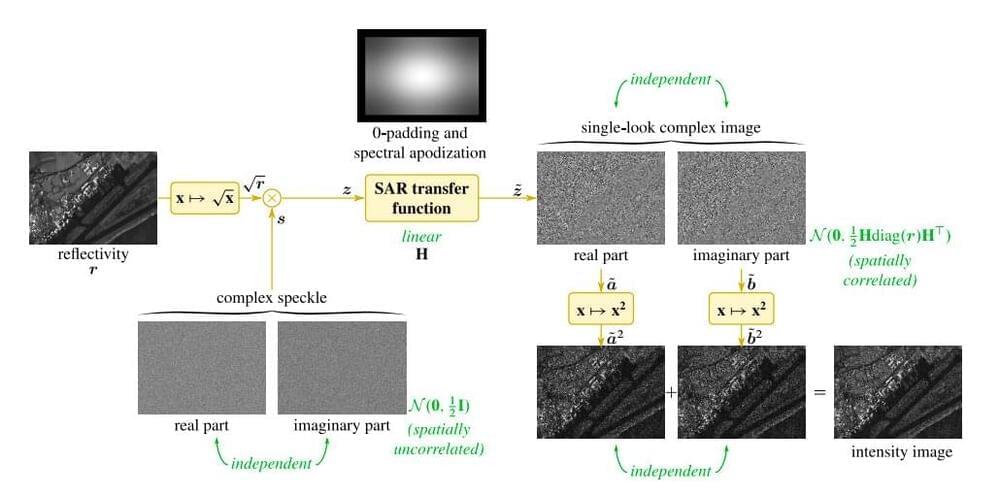
When a highly coherent light beam, such as that emitted by radars, is diffusely reflected on a surface with a rough structure (e.g., a piece of paper, white paint or a metallic surface), it produces a random granular effect known as the ‘speckle’ pattern. This effect results in strong fluctuations that can reduce the quality and interpretability of images collected by synthetic aperture radar (SAR) techniques.
SAR is an imaging method that can produce fine-resolution 2D or 3D images using a resolution-limited radar system. It is often employed to collect images of landscapes or object reconstructions, which can be used to create millimeter-to-centimeter scale models of the surface of Earth or other planets.
To improve the quality and reliability of SAR data, researchers worldwide have been trying to develop techniques based on deep neural networks that could reduce the speckle effect. While some of these techniques have achieved promising results, their performance is still not optimal.